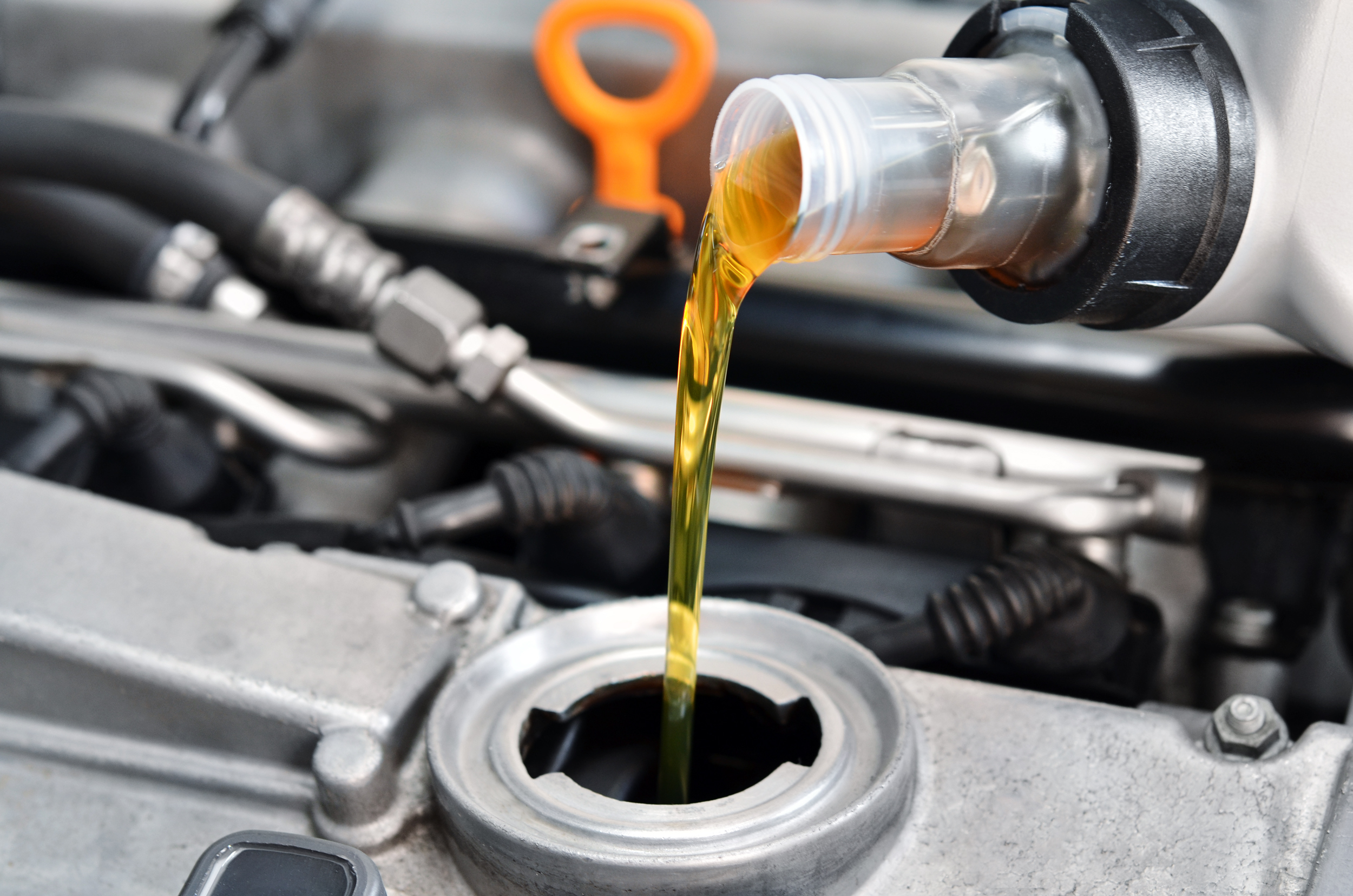
13 Sep Basic Car Maintenance Schedule
Staying up to date with your car’s maintenance is crucial to ensuring the safety and longevity of your vehicle – and keeping a detailed history of maintenance can even improve the resale value.
While it’s easy to take your vehicle in for service when you notice a problem, it may be more challenging to know what maintenance your vehicle needs on a regular basis – regardless of how well your car may be running. Follow along with the maintenance schedule below to ensure your vehicle remains in good shape.
Every 3 Months or 3,000 Miles
The following maintenance checks should be performed every three months or every 3,000 miles – whichever comes first.
- Fluids
Regular fluid checks can help you avoid more costly repairs down the road. Every few months it’s important to check the following fluids: engine oil levels, windshield washer fluid, brake fluid, coolant, and power steering fluid. Letting these levels get too low can pose a significant safety risk – especially for brake fluid – so it’s crucial to give these a regular check.
- Tire Pressure
If you have a newer vehicle you probably receive a warning light when your tire pressure gets too low (which can happen more frequently in cooler temperatures). For older vehicles without this feature, you will need to manually check tire pressure every few months. Regardless of how new your vehicle is, however, it’s still important to keep tire pressure at the proper level, as it contributes to fuel efficiency and safe handling.
- Hoses and Belts
Hoses and belts should also be regularly inspected for signs of wear. Belts should not be frayed or cracked, and hoses should be free of leaks and bulges. Checking these items regularly can help you avoid costly engine repairs in the future.
- Wiper Blades
Driving with worn out wiper blades is not only annoying, but it can actually be a safety risk. Using worn out blades can seriously inhibit your visibility in bad weather, so you’ll want to check your wiper blades for signs of damage and wear before the beginning of each new season.
Every 6 Months or 5,000 Miles
These items should be checked every six months or every 5,000 miles – whichever comes first.
- Oil and Filter
Changing your oil is one of the most crucial aspects of maintaining your vehicle. Duration between oil changes varies based on a vehicle’s make and model, so you’ll want to consult your owner’s manual for the recommended time or distance between oil changes. This is also a great time to check your cabin and engine air filters, and swap them out if needed.
- Battery
There’s nothing worse than getting stuck on the road with a dead battery, so you’ll want to perform regular checks to avoid this common mishap. Once your battery is three years old you should begin testing it twice a year. This also gives you a chance to visually inspect the battery and cables for signs of corrosion.
- Tire Rotation
Rotating your tires can go a long way in improving their longevity and evening out wear and tear. Tires should typically be rotated every six months, but be sure to consult your owner’s manual for specific instructions pertaining to your make and model.
- Lights
While you’ll likely notice when a headlight gives out, it can be less obvious to you if a taillight or interior light has burnt out. Give your interior and exterior vehicle lights a check twice a year to ensure they’re all working as expected.
Every 12 Months or 10,000 Miles
To round out your yearly maintenance, the following items should be checked every twelve months or every 10,000 miles – whichever comes first.
- Brakes
You don’t want to take chances when it comes to your vehicle’s brakes, which is why it’s recommended to conduct inspections at least once per year. Take a look at the pads, rotors, and brake fluid levels, and always take your vehicle in for service as soon as possible if you suspect any issues with your braking system.
- Alignment
While an alignment issue may be obvious if your vehicle is pulling in one direction, that may not be the case in every vehicle that needs alignment. For this reason it’s a good idea to check your alignment periodically.
- Transmission
Lastly, keep an eye on your vehicle’s transmission fluid levels. You’ll want to fill it up before it gets too low – typically around every 50,000 miles – although it may vary for your specific vehicle.
This list is not exhaustive, and you should always consult with your certified service technician if you have any concerns about your vehicle’s performance.
Schedule Service Today
Keep your vehicle in great shape with the help of Tobey Auto Group in Dayton, Ohio. In addition to services provided by our factory-trained technicians, we also have service specials and coupons to help you save on your vehicle’s care. Schedule your appointment today to ensure your car is up to date on maintenance!



Sorry, the comment form is closed at this time.